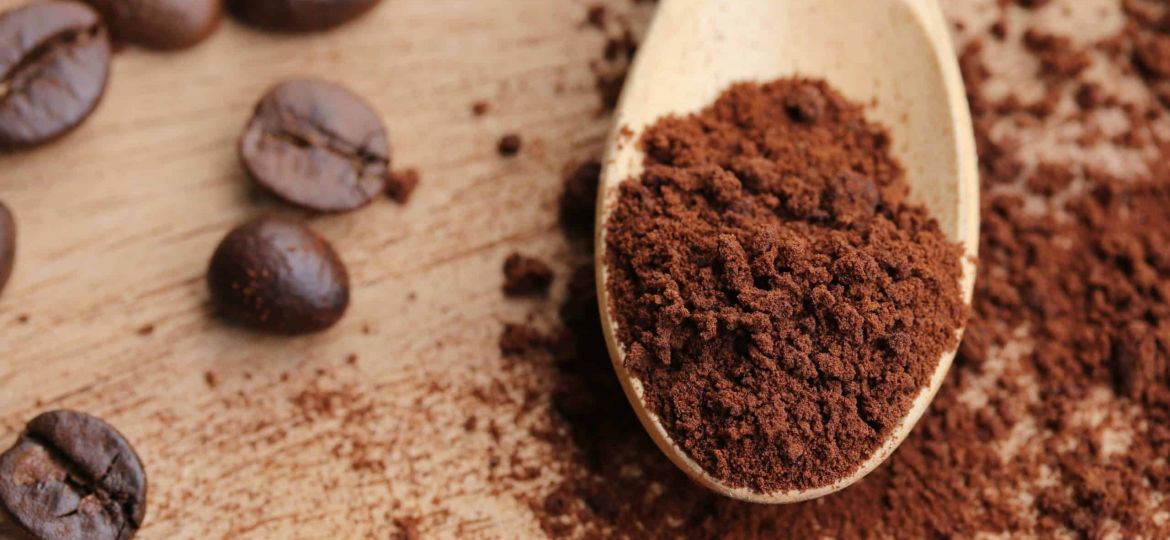
Re-roasting coffee beans refers to the process of applying heat to already roasted beans for a second time. This practice, while not mainstream, is sometimes considered for reviving stale beans or altering flavor profiles. However, it’s a subject of debate among coffee enthusiasts and professionals regarding its impact on taste and bean integrity.
Key Takeaways
- Re-roasting might rejuvenate stale beans but typically leads to increased bitterness and a burnt flavor.
- Suitable beans for re-roasting are generally lighter roasts; darker roasts do not fare well in a second roast.
- Precision in the re-roasting process is crucial, as outcomes can significantly vary based on the method and equipment utilized.
- The flavor profile can shift dramatically, often resulting in a more bitter and less aromatic coffee.
- The initial freshness and quality of the bean are pivotal in determining the success of re-roasting.
The Re-Roasting Process Explained
To re-roast coffee beans at home, specific steps and equipment are necessary to ensure success. Start by selecting the appropriate beans, preferably those that are lightly roasted. The equipment needed includes a roasting device, which can range from a simple pan to a more sophisticated coffee roaster.
- Preparation: Begin with preheating your roasting device to a suitable temperature, generally around 450 degrees Fahrenheit.
- Roasting: Distribute the beans evenly on the roasting pan and monitor them closely. The time can vary, but it’s essential to look for the second crack, a common roast milestone, as an indicator.
- Cooling: After reaching the desired roast level, cool the beans promptly to halt the roasting process and preserve the new flavor profile.
Different roasting methods, from using an oven to a specialized coffee roaster, can affect the uniformity and outcome of the re-roast. The method chosen will influence the roast’s consistency, flavor, and overall success.
Factors to Consider Before Re-Roasting
Before embarking on re-roasting coffee beans, it’s crucial to consider the type of beans and their initial roast level.
- Choosing the Right Beans: Opt for lighter roasts as they are more amenable to re-roasting. Darker roasts have already undergone extensive heat exposure, making them less ideal for a second roast.
- Initial Roast Level Impact: The existing roast level dictates the margin for further roasting without inducing bitterness or burning. Lighter roasts offer more flexibility for additional roasting without compromising the beans’ structural integrity.
The Impact of Re-Roasting on Flavor and Quality
Re-roasting coffee beans can significantly alter their flavor profile and overall quality.
- Flavor Profile Changes: Expect a shift towards increased bitterness and possibly a burnt taste, especially if the beans are over-roasted during the second cycle.
- Acidity and Bitterness: The balance of acids and sugars in the beans can be disrupted, leading to heightened bitterness and altered acidity.
- Quality Risks: There’s a risk of degrading the beans, potentially leading to a less enjoyable cup of coffee.
FAQs
Can you re-roast old coffee beans and improve their flavor?
While re-roasting might offer a temporary enhancement to stale beans, it’s generally not a recommended practice for improving flavor due to the risk of inducing bitterness and a burnt taste.
What happens if you roast coffee beans for too long?
Over-roasting can lead to excessive bitterness, a burnt flavor, and a reduction in the beans’ natural aromatic qualities. It may also diminish the complexity of the coffee’s flavor profile.
Is it better to blend coffee beans before or after roasting?
Blending beans before roasting can offer a more uniform flavor profile, while blending after roasting allows for more customization in balancing different roast profiles. The choice depends on the desired outcome and flavor complexity.
Final Thoughts
The exploration of re-roasting coffee beans unveils a nuanced landscape where the potential for flavor enhancement contends with the risk of quality degradation. While the allure of reviving stale beans or altering flavor profiles is tempting, the consensus leans towards caution due to the inherent risks of increased bitterness and compromised bean integrity.
For coffee enthusiasts intrigued by the re-roasting process, the guidance is to proceed with mindfulness. Selecting the right beans, particularly lighter roasts, and adhering to precise roasting techniques are pivotal to mitigating the risks. The initial roast level plays a crucial role in dictating the potential success of a subsequent roast, underscoring the need for a measured approach.
Experimentation, when conducted judiciously, can be a pathway to unique coffee experiences. However, it’s essential to recognize that re-roasting is more of an exploratory venture than a guaranteed method for flavor improvement. Those who choose to embark on this journey should do so with an openness to the unpredictable nature of the results and a readiness to embrace the learning curve inherent in the process.









